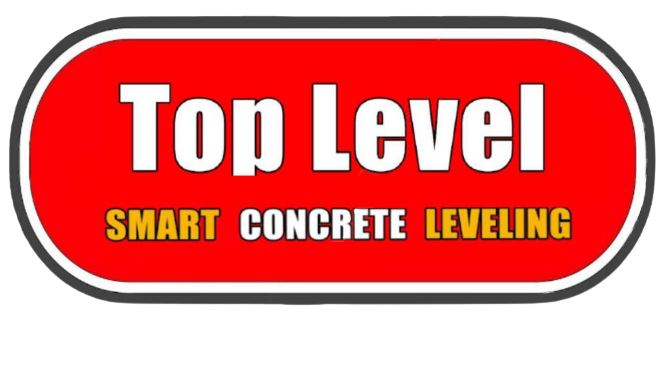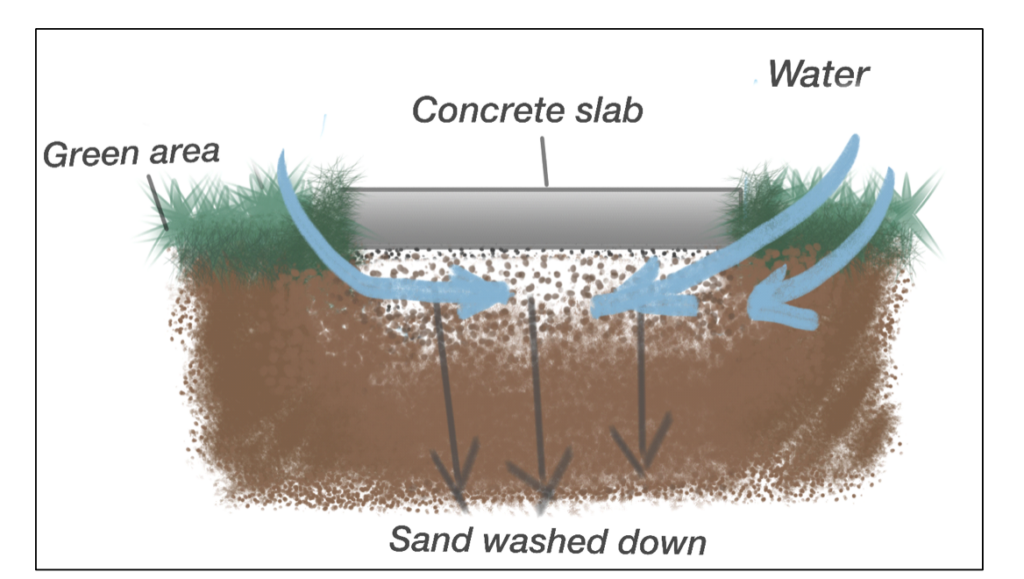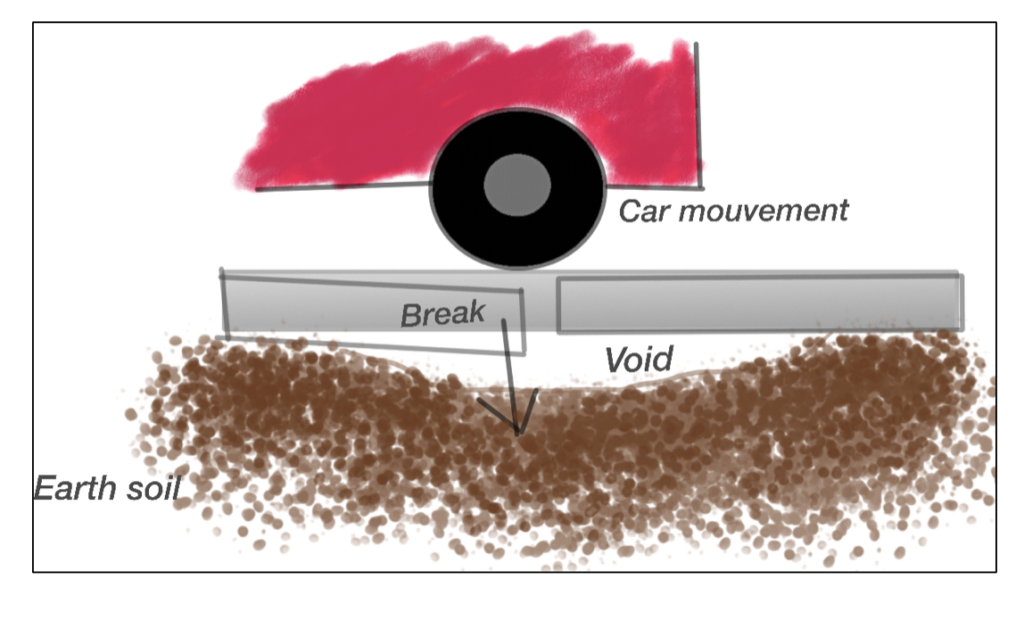Innovative Solution: Exploring Foam Injection Concrete Leveling
As concrete maintenance continues to evolve, foam injection concrete leveling has emerged as a transformative technology. It offers efficient solutions for uneven or sunken surfaces. In this comprehensive guide, we will delve into the concept of foam injection, its operational mechanisms, associated costs, and the optimal scenarios where it proves to be an invaluable remedy.
What is Foam Injection Concrete Leveling?
Foam injection concrete leveling is a groundbreaking method designed to rectify uneven or sunken concrete surfaces. This advanced technique involves injecting liquid foam through small 3/8” holes strategically placed on the concrete’s surface.
By employing controlled pressures and temperatures, the liquid foam gradually solidifies, filling voids beneath the slab. The expanding foam gently elevates the sunken concrete to the desired level, ensuring a gradual and precise lift that results in an even and restored surface.
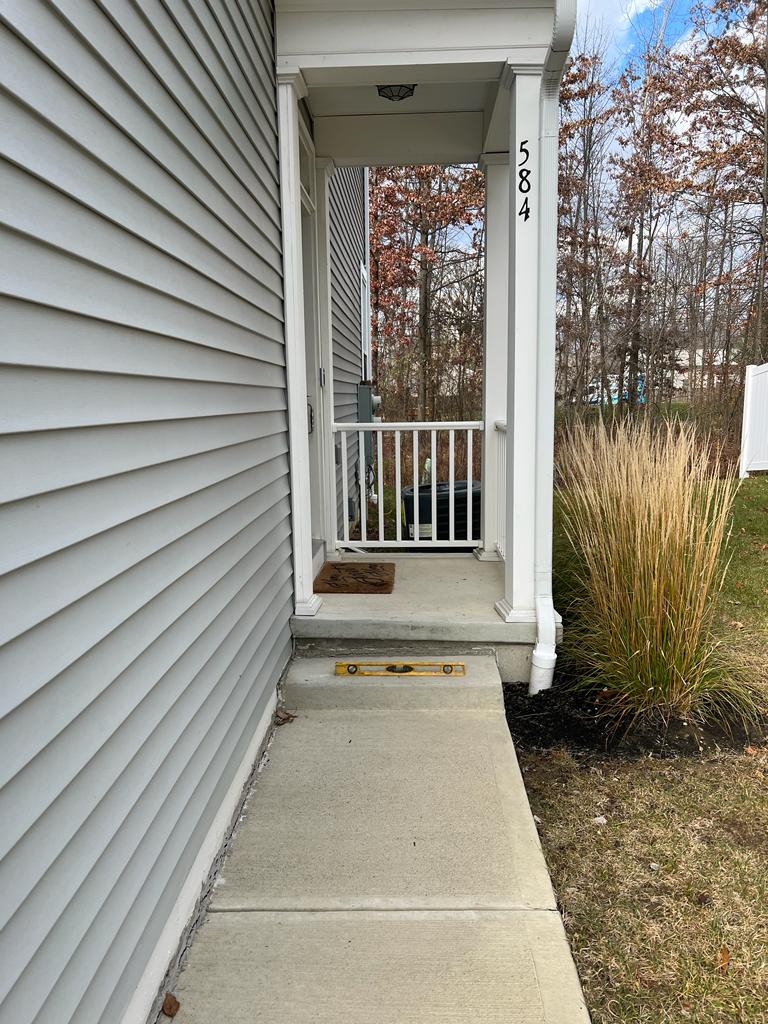
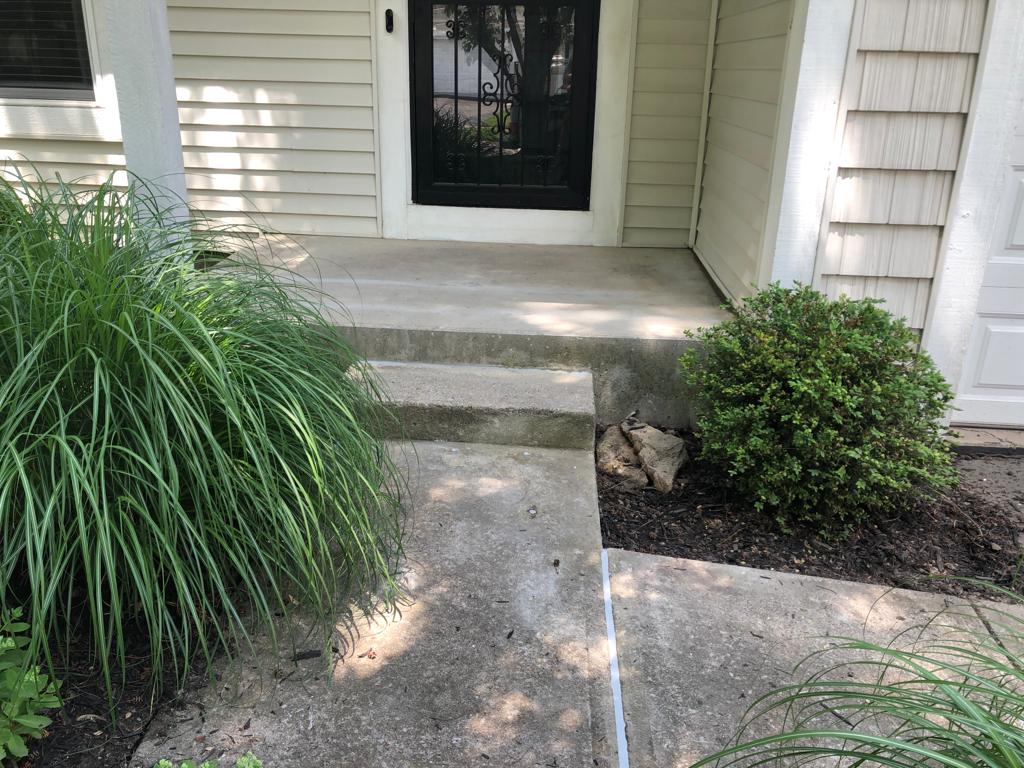
How Does Foam Injection Concrete Leveling Work?
The process begins with the careful selection of injection points on the affected concrete. Liquid foam, under specific pressures and temperatures, is then introduced through these holes. As the foam interacts and solidifies, it effectively fills voids and spaces underneath the sunken slab.
This controlled expansion of the foam serves to raise the slab gradually and evenly, producing a level surface that can be used immediately after the procedure.
Benefits of foam injection:
In foam injection concrete leveling the injected foam boasts remarkable properties. Despite its light weight of 2 lbs/cubic feet, it exhibits exceptional strength. In fact, it can support a load of up to 7200 pounds per cubic foot, making it a remarkably robust choice for concrete leveling.
Cost Considerations
One of the most appealing aspects of foam injection is its cost-effectiveness. On average, the cost of this method is significantly lower, approximately 30-40%, than the expense associated with completely replacing the concrete. This economic advantage makes foam injection leveling an attractive option for individuals seeking efficient yet budget-friendly solutions for concrete repair and restoration.
Optimal Uses for Foam Injection:
Foam injection concrete leveling excels in situations where uneven surfaces pose challenges but full-scale concrete replacement is unnecessary. Notable applications include:
- Settled Driveway Slabs: Sunken driveway slabs can result in water pooling and visual discrepancies. Foam injection leveling swiftly addresses these concerns, enhancing both functionality and aesthetics.
- Uneven Walkways: Sidewalks and walkways that have settled or developed unevenness due to ground shifts can be effectively restored to a safe and even condition through foam injection leveling.
- Dropped Steps and Porches: Sunken steps or porches can pose safety hazards. Foam injection leveling promptly eliminates these risks, ensuring safety and practicality.
Conclusion:
Foam injection stands as a revolutionary solution for rectifying sunken or uneven concrete surfaces. Its innovative approach, efficient process, and cost-effectiveness make it an ideal choice for individuals seeking practical and economical methods to restore the integrity of their concrete spaces.
With versatile applications encompassing driveways, walkways, and steps, this advanced technique underscores the potential of efficient and affordable concrete repair solutions.
